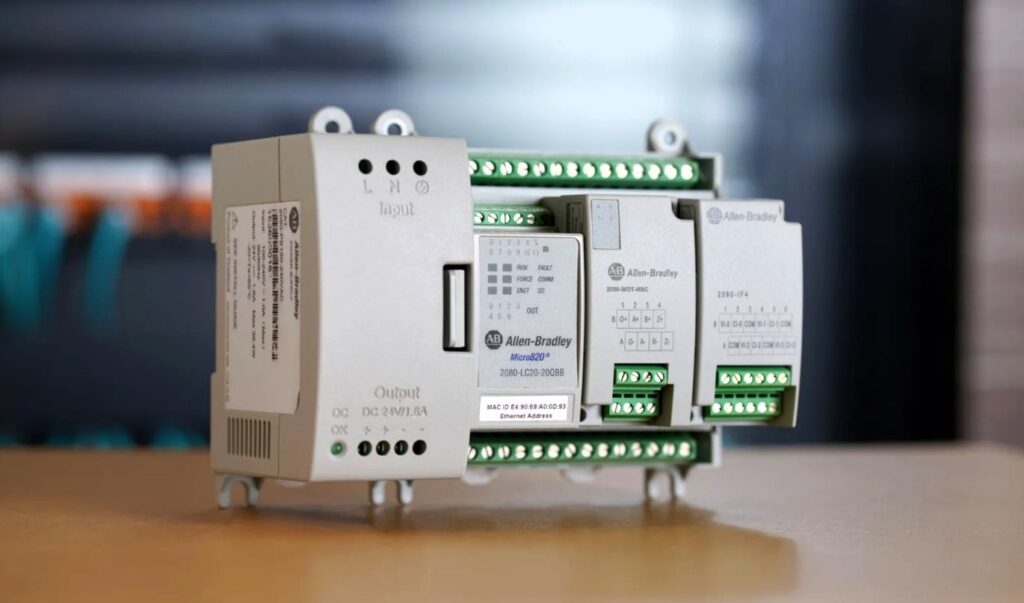ASIA ELECTRONICS INDUSTRYYOUR WINDOW TO SMART MANUFACTURING
Rockwell Makes New Upgrades for Controller, Software
Manufacturers can commission standalone machines more efficiently with Allen‑Bradley Micro820 controller firmware revision 14. In addition, they can also utilize Micro850 2080-L50E and Micro870 2080-L70E controller firmware revision 22.
To support the expanded controller capabilities and improvements, the latest Connected Components Workbench software version 22 has been the required minimum.
These controllers now offer improved Ethernet communication. Particularly, from controller to human-machine interface (HMI) and supervisory control and data acquisition (SCADA) applications. Both enable faster data refresh rate for better system connectivity and performance.

Drive Automation Efficiency, Flexibility
The improvement in the Class 1 implicit messaging connection check on EtherNet/IP devices during RUN mode allows users to have better notification of a possible connection drop to important devices.
In addition, the new Programmable Controller Communication Commands (PCCC) functionality comes in the Micro870 2080-L70E controllers. Thus, enabling users to use a Micro870 controller to communicate like a MicroLogix controller.
With the MicroLogix legacy address mapping and PCCC instruction set supported in Connected Components Workbench software version 22, users can benefit from reduced conversion risk. At the same time, keep legacy communication methods when modernizing a MicroLogix to a Micro800 controller.
Meanwhile, complementing the controller enhancements, Connected Components Workbench software version 22 release delivers new capabilities. Hence, helping speed up project development and system configurations. The bit-level commenting and daylight-saving functionalities foster process efficiency to create a smoother, more intuitive design experience.
Moreover, the latest controller and software enhancements prioritize user experience. For that reason, they further drive efficiency and flexibility in automation development. Manufacturers can streamline their work processes and optimize productivity to meet the evolving needs and challenges of the Microcontroller landscape.




